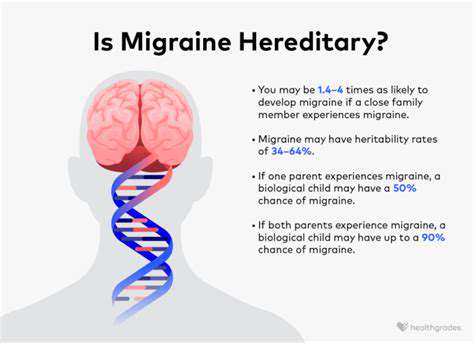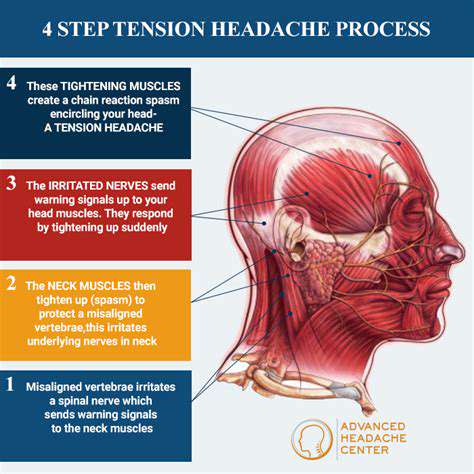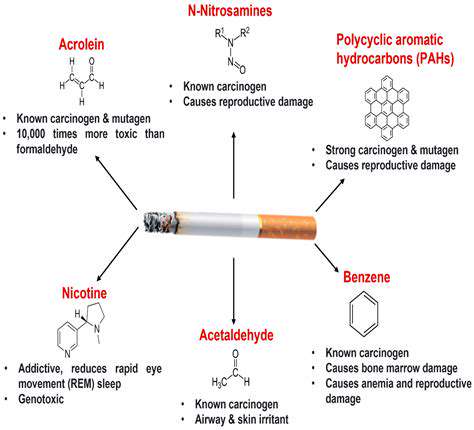empty_div
no_meaningful_content
HTML
CSS
두통이 유전적인가요? 가족 연관성 탐구
다른 두통 유형과의 유전적 연관성 탐구

두통의 유전적 소인
편두통은 유전 연구의 주요 대상이 되는 경우가 많지만,
Read more about 두통이 유전적인가요? 가족 연관성 탐구
애완동물 치료가 편두통 환자의 스트레스 감소에 어떻게 도움이 될 수 있을까요?
Jul 23, 2025











